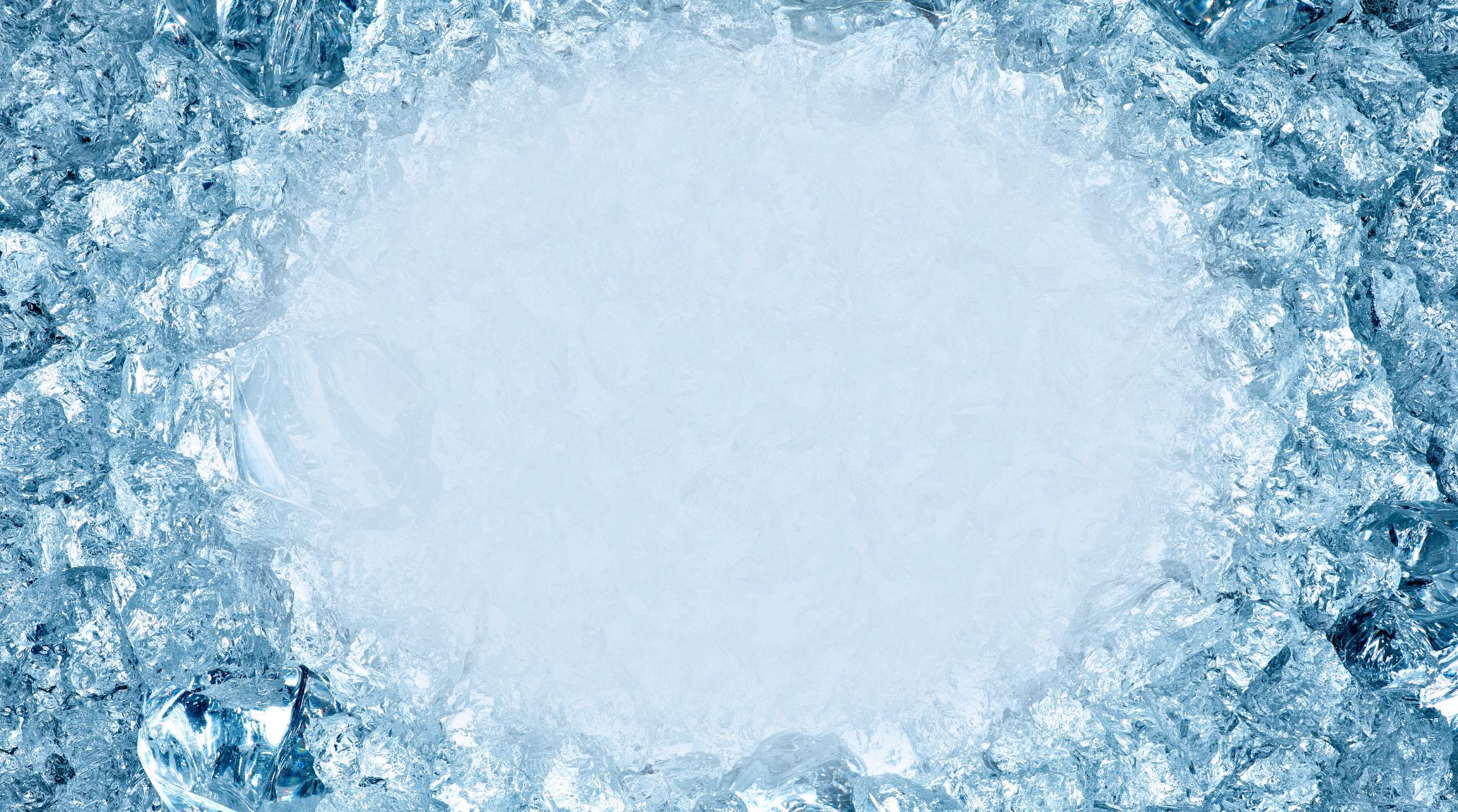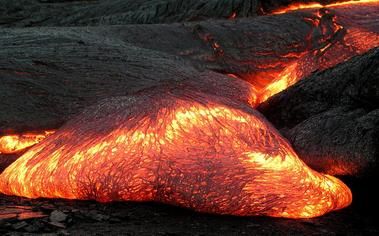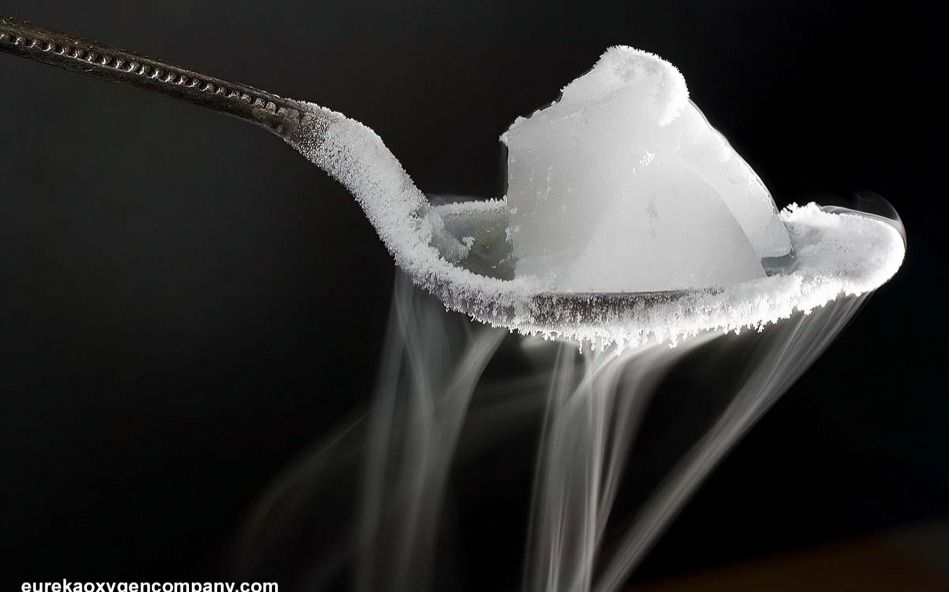
“
Melting is a fascinating process where solid ice transforms into liquid water as it absorbs heat. This phase change is crucial in many natural and everyday phenomena, from the melting of glaciers to the ice in your drink. This blog uncovers 20 interesting facts about melting, exploring how this process works, its impact on the environment, and its significance in various contexts. 1
1
1
1
”
Melting occurs when a solid turns into a liquid due to heat. This process involves the solid’s molecules gaining enough energy to overcome their rigid structure and move freely, creating a liquid phase.1
The temperature at which a solid melts is called its melting point. Different substances have unique melting points; for example, ice melts at 0°C (32°F), while iron melts at about 1,538°C (2,800°F). 2
During melting, the heat added to the substance goes into breaking the bonds between molecules rather than increasing temperature. This energy is known as latent heat, and it’s crucial for the phase change from solid to liquid. 3
The highest melting point of a naturally occurring solid is found in tungsten, which melts at 3422°C (6192°F). This makes tungsten the metal with the highest melting point, crucial for high-temperature applications like aerospace and electronics. 4
Ice, when melted, absorbs 80 calories per gram. This is known as the latent heat of fusion. The energy is used to break the hydrogen bonds between water molecules, converting solid ice into liquid water without raising the temperature. 5
The melting point of a substance can be altered by changing pressure. For example, increasing pressure raises the melting point of ice, which is why ice skates can glide over ice at such a low temperature. 6
Substances like chocolate demonstrate a range of melting points. Cocoa butter, found in chocolate, melts at around 34°C to 38°C (93°F to 100°F), which is why chocolate melts smoothly in your mouth but remains solid at room temperature. 7
Melting is a reversible physical change. For instance, when ice melts into water, it can later be frozen back into ice, demonstrating that melting doesn’t change the chemical composition of the substance, only its physical state. 8

In geology, the melting of rocks is a key process in the formation of magma. As rocks in the Earth's mantle melt due to high temperatures and pressure, they form magma that can eventually lead to volcanic eruptions.
Melting can affect materials in various ways. For example, melting glass at high temperatures allows it to be molded into different shapes, which is why glassblowing is a traditional art form that involves precise temperature control. 9
Melting points are used to identify pure substances. Pure substances have a sharp and distinct melting point, while mixtures typically have a range of melting points due to their varied components melting at different temperatures. 10
The melting of glaciers is a significant indicator of climate change. As global temperatures rise, glaciers are melting at an accelerated rate, contributing to sea-level rise and altering ecosystems dependent on ice. 11
Some materials, like polymers, have a broad melting range rather than a sharp melting point. This is due to their complex molecular structures, which cause gradual softening over a range of temperatures instead of a distinct melting point. 12
The melting process of ice on roads can be influenced by additives like salt. Salt lowers the freezing point of water, causing ice to melt at temperatures below the normal 0°C, which helps in de-icing roadways in winter. 13
In chemistry, melting point determination is a standard method for characterizing substances. By observing the temperature at which a sample changes from solid to liquid, chemists can confirm the identity and purity of compounds. 14
The concept of melting is crucial in metallurgy. When metals are melted, impurities can be removed, and alloys can be created. This process enhances the properties of metals, making them suitable for various industrial applications. 15
Melting is not limited to natural substances. Synthetic materials, like certain plastics, are engineered to melt at specific temperatures, allowing them to be molded and shaped during manufacturing processes. 16

The phenomenon of melting can also be observed in phase transitions of other states of matter. For example, the melting of solid carbon dioxide, known as dry ice, directly converts into gas without passing through a liquid phase.
Supercooled liquids are substances that remain liquid below their normal freezing points. When disturbed, these liquids rapidly freeze or crystallize, a process that can be observed in certain chemical experiments and natural phenomena. 17
The melting of permafrost is a concern in the Arctic regions. As temperatures rise, the melting of permafrost can release trapped greenhouse gases like methane, exacerbating global warming and impacting local ecosystems. 18


